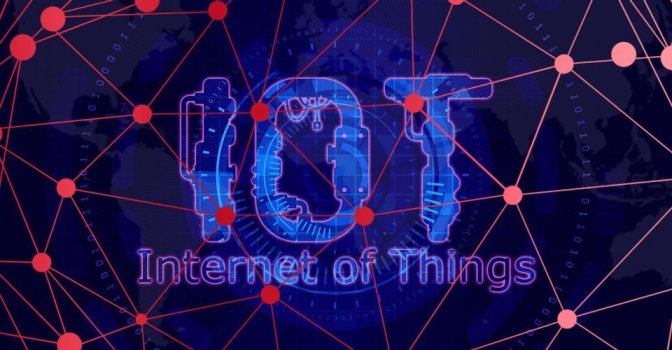K
Kathleen Martin
Guest
The 'Internet of Things' phrase, or IoT, is thrown around a lot, but most people only have a vague understanding of what it means. With increasing automation, the scope of IoT has been growing by leaps and bounds over the past several years. With so many 'Internet of Things' devices already in use around the world, it is all the more important to understand what the term actually means.
There are literally billions of devices that are connected to the internet, including computers, smartphones, smart televisions, smart refrigerators, smart cameras, baby monitors, and more. However, not every one of those devices technically qualify as an IoT device. As a general rule of thumb, and an easy way to understand the major difference, devices that typically require user intervention are not specifically thought of as IoT devices.
The Internet of Things (IoT) is a broad term used to describe the growing number of electronic devices that are connected to the internet to send data, receive instructions or both. According to Wikipedia, many different types of devices can be classified as IoT, including 'smart' versions of traditional household appliances, such as light bulbs, refrigerators, thermostats, baby monitors, and so on. Devices like smart speakers with digital assistants and smart cameras connected to the internet can also be categorized as part of the Internet of Things. Other examples of IoT devices include sensors and connected devices in factories, healthcare, transportation, and farms. In an interview with ZDNet back in 2015, Kevin Ashton, the man credited with coining the 'Internet of Things' phrase, described IoT as a network that "integrates the interconnectedness of human culture - our 'things' - with the interconnectedness of our digital information system - 'the internet'."
The IoT Encompasses Consumers And Enterprises

The IoT includes smart, connected devices that leverage the power of the internet to bring data processing and analytics to the real world of physical objects. This allows consumer-grade devices to send and receive data globally without using dedicated input devices, such as keyboards and mice. On the enterprise side of things, IoT can refer to the billions of embedded sensors that provide big data about the safety and efficacy of devices in industrial, agricultural, and medical setups. Overall, the IoT enables companies, organizations, and governments to collect data from 'smart' versions of everyday objects with minimal human intervention.
Continue reading: https://screenrant.com/what-does-iot-mean-internet-of-things-explained/
There are literally billions of devices that are connected to the internet, including computers, smartphones, smart televisions, smart refrigerators, smart cameras, baby monitors, and more. However, not every one of those devices technically qualify as an IoT device. As a general rule of thumb, and an easy way to understand the major difference, devices that typically require user intervention are not specifically thought of as IoT devices.
The Internet of Things (IoT) is a broad term used to describe the growing number of electronic devices that are connected to the internet to send data, receive instructions or both. According to Wikipedia, many different types of devices can be classified as IoT, including 'smart' versions of traditional household appliances, such as light bulbs, refrigerators, thermostats, baby monitors, and so on. Devices like smart speakers with digital assistants and smart cameras connected to the internet can also be categorized as part of the Internet of Things. Other examples of IoT devices include sensors and connected devices in factories, healthcare, transportation, and farms. In an interview with ZDNet back in 2015, Kevin Ashton, the man credited with coining the 'Internet of Things' phrase, described IoT as a network that "integrates the interconnectedness of human culture - our 'things' - with the interconnectedness of our digital information system - 'the internet'."
The IoT Encompasses Consumers And Enterprises

The IoT includes smart, connected devices that leverage the power of the internet to bring data processing and analytics to the real world of physical objects. This allows consumer-grade devices to send and receive data globally without using dedicated input devices, such as keyboards and mice. On the enterprise side of things, IoT can refer to the billions of embedded sensors that provide big data about the safety and efficacy of devices in industrial, agricultural, and medical setups. Overall, the IoT enables companies, organizations, and governments to collect data from 'smart' versions of everyday objects with minimal human intervention.
Continue reading: https://screenrant.com/what-does-iot-mean-internet-of-things-explained/

